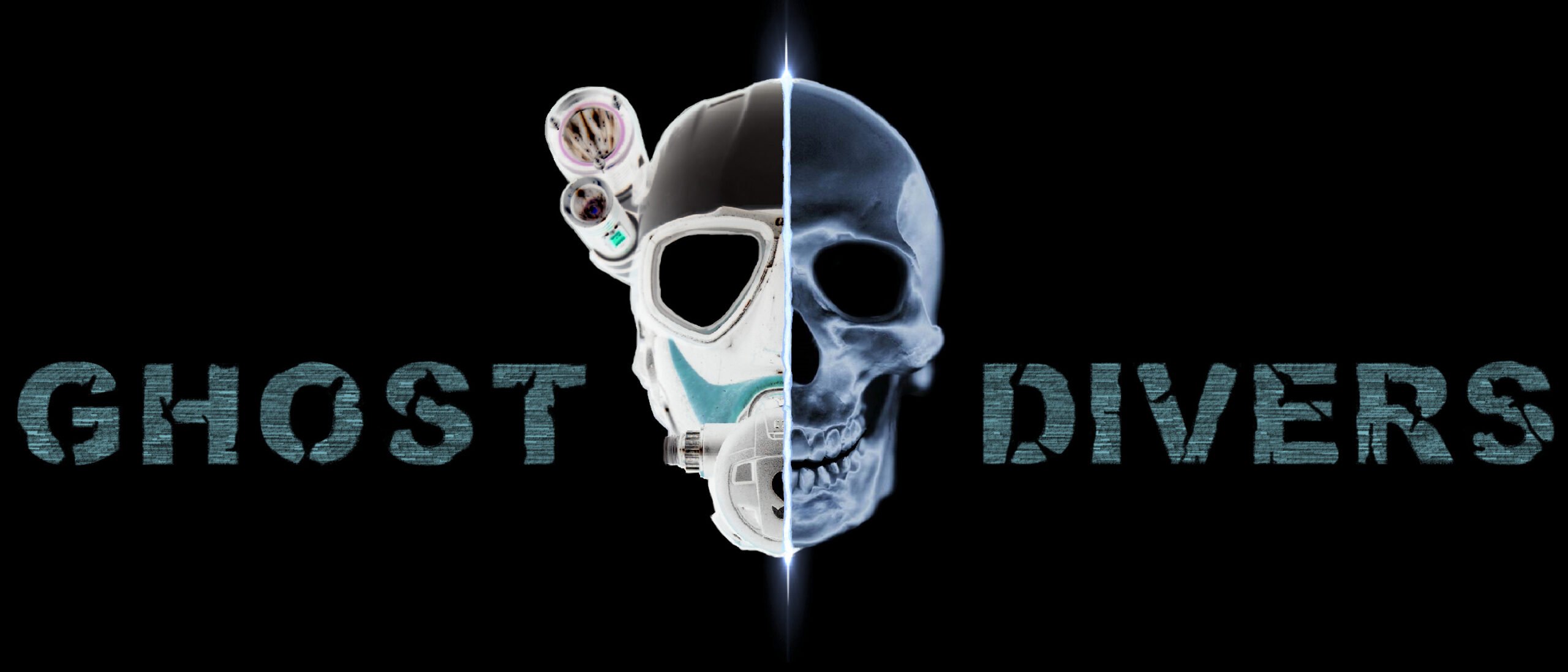The objective of sidemount training
When you are involved in a sidemount course, your objective is to get qualified to use the equipment. Therefore, you will dive within the limit of your previous certification. There is a big difference between equipment qualification and extended range courses. The first teaches you the procedures to use the gears, for the dives you can already do. With the second, you learn the procedures to extend your depth or penetration range.
Why we use sidemount
The equipment was originally intended to move from one sump to the other, during cave explorations. Moving from dry areas to underwater passages, carrying small tanks on the side, became common! Today, divers commonly use it for open water diving, as well as for technical diving.
The two purposes of sidemount equipment:
SELF-RELIANCE
Underwater, you can visually inspect your valves and regulators. The tanks are independent, so gas sharing becomes redundant. Therefore, sidemount is ideal for solo diving!
LOW PROFILE
Sidemount is designed to pass through small restrictions, especially in overhead environments. Underwater, it’s possible to easily remove the tanks from the harness!
Pros & Cons of sidemount diving
Advantages:
- On land, it’s easier to carry sidemount tanks, rather than a heavy twinset on the back.
- Underwater, the task load in case of a catastrophic failure of a regulator is much lower, compared to backmount.
Disadvantages:
- On a boat, the entrance and exit are more complex. Placing and removing the cylinders on board or at the surface, it’s not always ideal!
- Underwater, there is a higher task load during the dive. It’s necessary to switch regulators and adjust the trim of the tanks, to keep them balanced!
- Underwater, the asymmetrical payload, caused by odd number of cylinders, can be an issue. The BDC in the middle of your back and the tanks on the side could lead to roll!
Sidemount is not the perfect equipment for every dive… but it’s extremely effective and fairly efficient to do what it’s designed for!
Structure of a sidemount qualification course
Theses are the steps necessary to learn how to use the equipment, within your range:
- Equipment workshop: We setup the harness, wing an cylinders on land, according to your size and suit.
- Surface donning and doffing: Learn different techniques to enter and exit the water, positioning and removing the cylinders.
- Underwater assessment: Practice regulator switches, long hose deployment, as well as trim and buoyancy control. Adjust the equipment for the next dive!
- Emergency management: Apply the safety drill to the new configuration. Valves shut down and gas sharing are different from backmount!
- Practical application: Deploy SMBs, use stages, perform zero visibly drills… practice all the task required by your actual range of diving.
There are a lot of models “out of the rack”, but only few get the job done. If you already own one, we might have to modify it completely to make it work. If you want to purchase one for the course, first ask me!
IANTD sidemount training programs
All IANTD sidemount courses allow great freedom to the instructor. It’s important to be flexible with the students, in order to tailor the equipment to their preferences. That being said, it’s critical to respect the standards, for both equipment setup and procedures. You are free to express yourself, as long as you are compatible with the other divers of your level!
Thes are the courses I teach:
- Open Water Sidemount Diver: Equipment qualification course for recreational divers. The training can be completed in three days.
- Tek Open Water Sidemount Diver: Equipment qualification course for certified technical divers. This course requires three to four days.
We can integrate the sidemount course into technical and cave training. Usually it’s necessary to invest one extra day compared to backmount. Consequently, you will obtain both certifications!
IANTD courses are performance-based, therefore the certification is not guaranteed. If necessary, we will do extra training until the course requirements are met.
Candidates must be at least 18 years old and a maximum of three per class. Pauses and days off are welcome if scheduled.
Step up your game… It’s time to join the club!
Please for more information check below:
